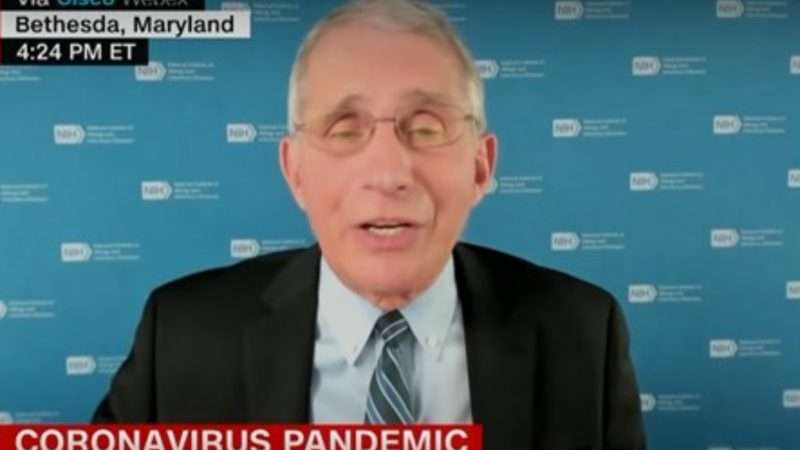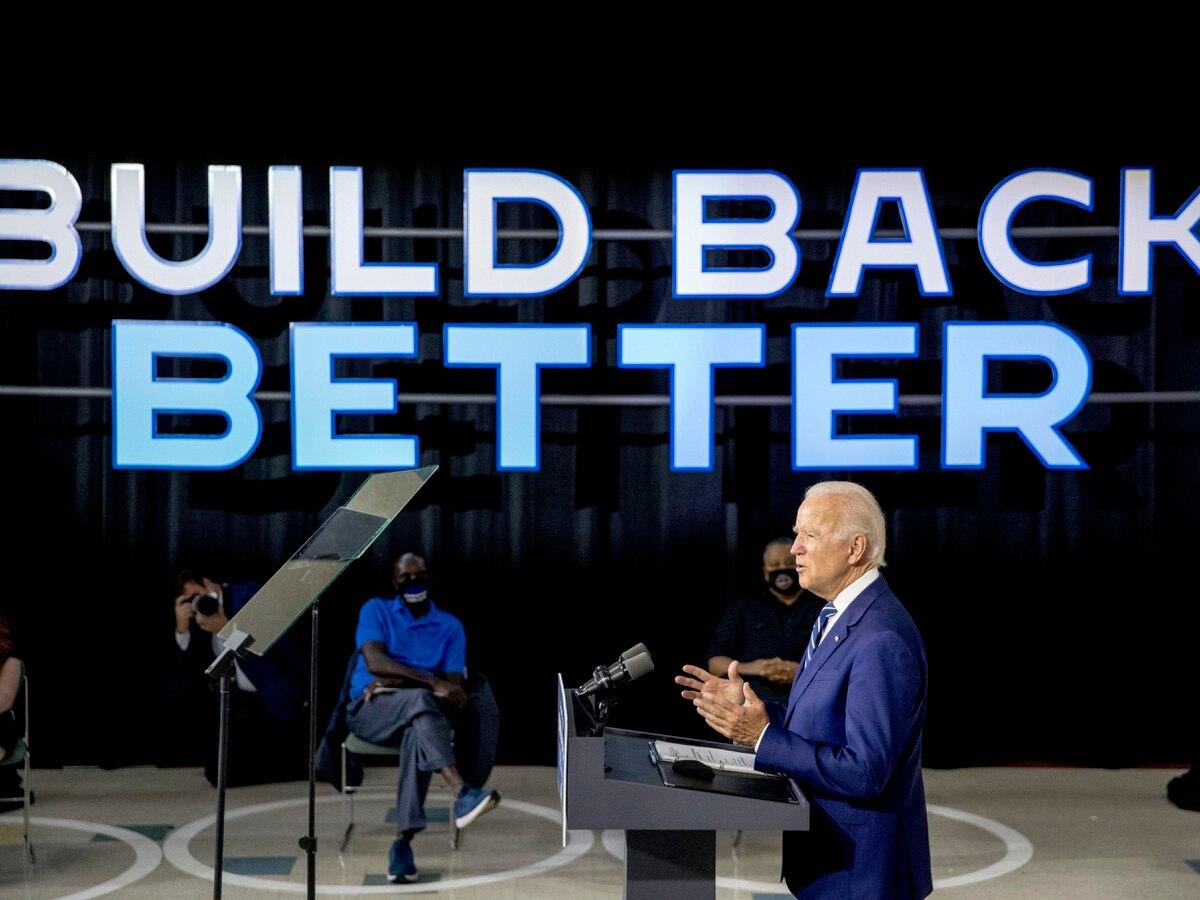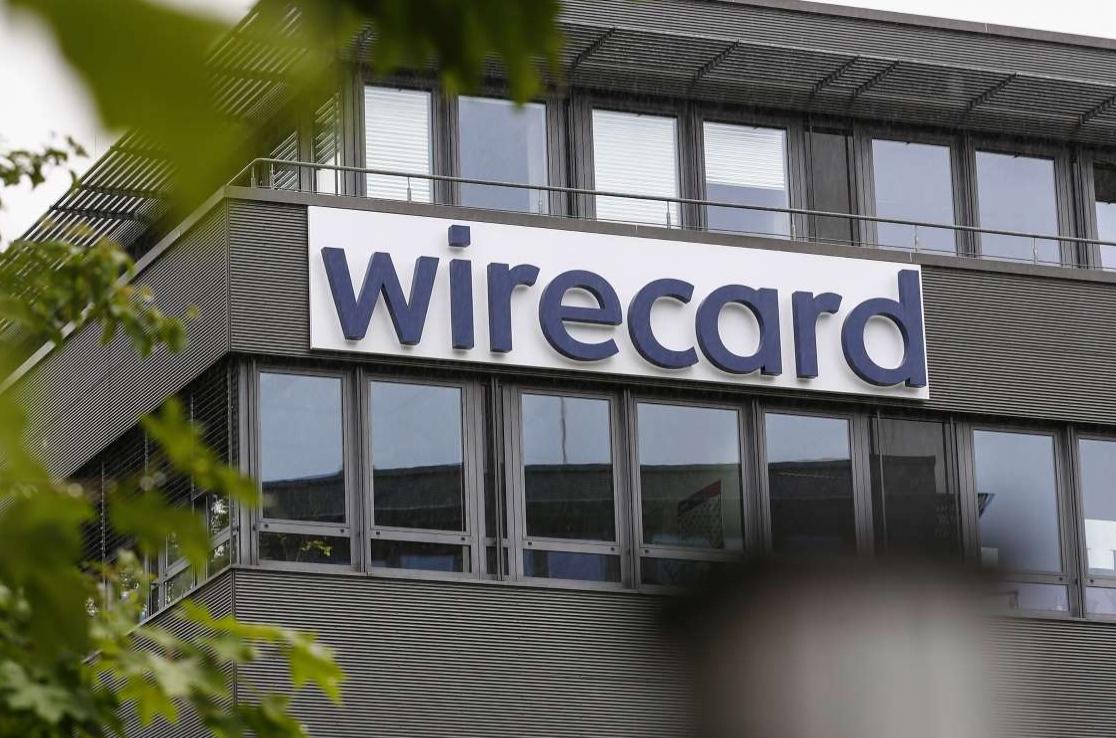
As the surge in newly identified COVID-19 cases continues, state and local governments across the country are responding by imposing new restrictions on social and economic activity. With a few exceptions, the rules so far are not as sweeping as the lockdowns that all but a few states imposed last spring, when far fewer cases were reported but the number of daily deaths was twice as high. But now as then, many of the distinctions drawn by politicians make little scientific sense.
As of yesterday, according to Worldometer’s tallies, the seven-day average of newly confirmed infections in the United States was more than 152,000. That is more than four times the average on September 12, which was already slightly higher than last spring’s peak.
Since virus testing has expanded dramatically over the course of the epidemic, from fewer than 50,000 tests a day in early April to around 1.5 million a day recently, comparisons between the spring and fall are misleading. But the recent spike in daily new cases is clearly much larger than expanded testing can explain, and the percentage of tests that detect the coronavirus has more than doubled during the last month, from a seven-day average of 4 percent in mid-October to nearly 10 percent now.
Hospitalizations are also on the rise. According to the COVID Tracking Project, nearly 70,000 COVID-19 patients were hospitalized in the United States yesterday, up from fewer than 29,000 on September 20. That is significantly higher than the previous peaks of about 60,000 seen in April and July.
Increases in COVID-19 fatalities so far have been less dramatic, even allowing for the typical lag between laboratory confirmation and death. As of yesterday, the seven-day average of daily deaths, per Worldometer, was 1,156, up 64 percent from the recent low on October 17.
The case fatality rate (deaths as a share of confirmed infections) has fallen from more than 6 percent in mid-May to 2.3 percent as of yesterday. In other words, COVID-19 patients, even when hospitalized, are much less likely to die from the disease today than was the case in the spring. That downward trend probably has been driven by several factors, including ramped-up testing that identifies milder cases, a younger and healthier mix of patients, and improved treatment.
What does all this mean for how many Americans ultimately will die from COVID-19 by the time effective vaccines are widely available? It seems clear that President-elect Joe Biden was excessively pessimistic when he predicted last month that we would see another 200,000 deaths, or a total of around 423,000, by the end of the year. The “ensemble forecast” from the Centers for Disease Control and Prevention (CDC), based on projections from “45 modeling groups,” puts the death toll at 260,000 to 282,000 by December 5. Based on the upper value from the CDC’s forecast, Biden’s projection implies a death toll of more than 5,400 a day during the last 26 days of December, which is 4.7 times the current average and 2.4 times the April peak.
By contrast, Anthony Fauci, director of the National Institute of Allergy and Infectious Diseases, yesterday told CNN’s Jake Tapper “it is possible” that the death toll will be in the neighborhood of 439,000 by March 1, as currently projected by the the University of Washington’s Institute for Health Metrics and Evaluation. But Fauci added:
The models, as I have said so often, are as good as the assumptions you put into the model. And we have got to change those assumptions. We have got to say, we are going to turn it around [by] very, very vigorously adhering to the public health measures. And we don’t need to get to that number.
That is a model number if we act in a certain way. We can turn that around, that plus the fact that we are going to start getting doses of vaccines available for the highest-priority individuals sometime in mid-to-late December.
And then, as we get into January, we will get more vaccine doses available. I think, when we put those two things together, vaccine plus strong adherence to the fundamental public health measures, we can blunt that. We don’t have to accept those large numbers that are so terrifying.
What does “very vigorously adhering to the public health measures” mean? One interpretation is that it means taking all the familiar precautions, such as avoiding crowds, limiting travel and social interaction, working at home when feasible, maintaining physical distance, and wearing face masks when you are indoors in close proximity to strangers. Another interpretation, increasingly favored by politicians, is that “turn[ing] it around” requires new legal mandates.
The legal restrictions imposed this fall cover a wide range, from mask mandates to renewed lockdowns. But in many cases, governors and mayors do not seem to have learned much from the bitterness and defiance engendered by last spring’s restrictions, which were often arbitrary and hard to square with what we know about the coronavirus.
Beginning today in New Mexico, Gov. Michelle Lujan Grisham is imposing a two-week lockdown, meaning that residents are once again instructed to stay home except for “essential” activities, restaurants will be limited to takeout and delivery, and “nonessential” businesses such as gyms, salons, and casinos must close. Grisham’s order also applies to outdoor venues such as state parks and golf courses, even though the risk of virus transmission in those settings is much lower. She also has imposed new capacity limits on supermarkets and big-box retailers.
Compared to Grisham’s order, Chicago Mayor Lori Lightfoot’s “advisory,” which also took effect today, seems relatively mild. Yet Chicago’s policy, like New Mexico’s, includes some puzzling judgments.
Lightfoot is urging city residents to stay home as much as possible during the next month, eschew nonessential interstate travel, and avoid gatherings with people outside their households. While outdoor dining at restaurants will continue, gatherings of more than 10 people, whether indoors or outdoors, are banned. But according to the ABC affiliate in Chicago, that limit “does not apply to fitness clubs and retail stores, personal services and movie theaters.” It is hard to see the logic of banning outdoor gatherings of 11 or more people while allowing them inside those businesses.
Likewise, it is hard to see the sense in New York Gov. Andrew Cuomo’s new rule requiring businesses with liquor licenses to close at 10 p.m. The New York Times says that “public health experts” view that edict as “a bizarre middle ground.” But it actually seems worse than that, since limiting serving hours is more likely to increase crowding than reduce it. Cuomo also has decreed that no more than 10 people may gather in private residences, without regard to the size of the home or the number of people who live there.
Some American politicians, including New York Mayor Bill de Blasio, seem inclined to close primary and secondary schools, which are not important sources of virus transmission, even while allowing indoor dining at restaurants. As the Times notes, that is the opposite of the judgment made by public officials in Europe.
“A mounting body of evidence from across the globe indicates that elementary schools in particular are not the superspreader sites they were once feared to be, though the science is more muddled for older children,” the newspaper says. “Schools have so far been a bright spot for New York. Only .17 percent of tests conducted in over 2,800 schools over the last month came back positive. Several prominent public health experts have come forward in recent weeks to say they are now more confident that schools can reopen safely, as long as they implement strict safety measures and community transmission remains relatively low.”
When there is little rhyme or reason to COVID-19 control measures, politicians should not be surprised by the skepticism and resentment they provoke. Worse, arbitrary legal restrictions may encourage Americans to disregard official advice and resist the voluntary steps that are crucial to reducing virus transmission.
“There is light at the end of the tunnel,” Fauci said on CNN, alluding to the distribution of highly promising vaccines, which is expected to begin next month but probably won’t reach full scale until the spring. “Help is coming. And that should, I believe, motivate people to just say, ‘We are going to double down and do this uniformly.'”
At the same time, Fauci acknowledged that Americans “don’t like to be told what to do” and may be losing patience. “Everyone is sensitive to what we call COVID fatigue,” he said. “People are worn out about this. But we have got to hang in there a bit longer, particularly as we get into the holiday seasons and the colder weather, as we get into the late fall and early winter months.” Every ill-considered, scientifically unsound edict compounds COVID fatigue and makes it less likely that Americans will in fact “hang in there,” let alone “double down.”
from Latest – Reason.com https://ift.tt/3nmT6UG
via IFTTT






